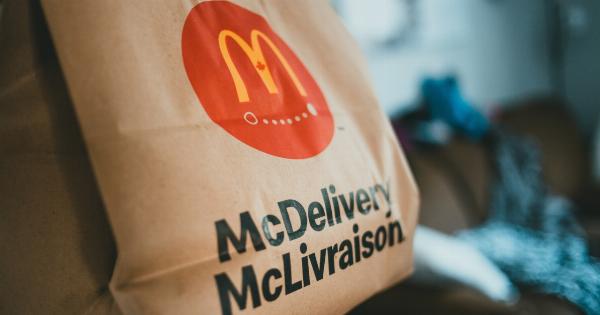Belly fat is a common concern for many people, and while diet and exercise play a key role in reducing it, there are other factors that can contribute to stubborn belly fat.
In this article, we will explore three non-dietary causes of stubborn belly fat and discuss strategies to address them.
Hormonal Imbalance
Hormonal imbalance can lead to the accumulation of belly fat, particularly in women. One common hormonal imbalance is an elevated cortisol level, also known as the stress hormone.
When cortisol levels are chronically high, it can promote the storage of fat in the abdominal area.
To address hormonal imbalance as a cause of belly fat, it is important to manage stress levels. This can be done through practices such as meditation, yoga, exercise, and adequate sleep.
Additionally, incorporating relaxation techniques into your daily routine can help reduce cortisol levels and promote overall hormonal balance.
Genetics
Genetics can also contribute to stubborn belly fat. Some individuals may have a genetic predisposition to store fat in the abdominal area. This means that even with a healthy diet and regular exercise, they may struggle to lose belly fat.
While genetics cannot be changed, there are strategies to help reduce belly fat. Strength training exercises, such as resistance training and weightlifting, can help build muscle mass and increase metabolism.
This can aid in burning fat, including stubborn belly fat. Additionally, incorporating cardio exercises, such as running or cycling, can help increase overall calorie burn.
High-Stress Lifestyle
A high-stress lifestyle can contribute to the accumulation of belly fat. When you are stressed, your body releases cortisol, which can lead to increased fat storage in the abdominal area.
Reducing stress levels is crucial to combat stubborn belly fat caused by a high-stress lifestyle. Engaging in relaxing activities such as reading, listening to music, or spending time in nature can help reduce stress levels.
Additionally, making time for self-care and prioritizing activities that bring joy and relaxation can contribute to overall well-being and support in reducing belly fat.
Conclusion
While diet and exercise are important factors in reducing stubborn belly fat, other underlying causes can hinder your progress. Hormonal imbalances, genetics, and a high-stress lifestyle can all contribute to the accumulation of belly fat.
By addressing these factors and implementing strategies to reduce stress and balance hormones, you can effectively target stubborn belly fat and achieve your goals.

























